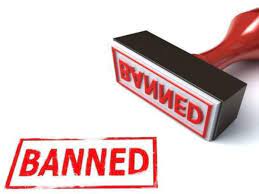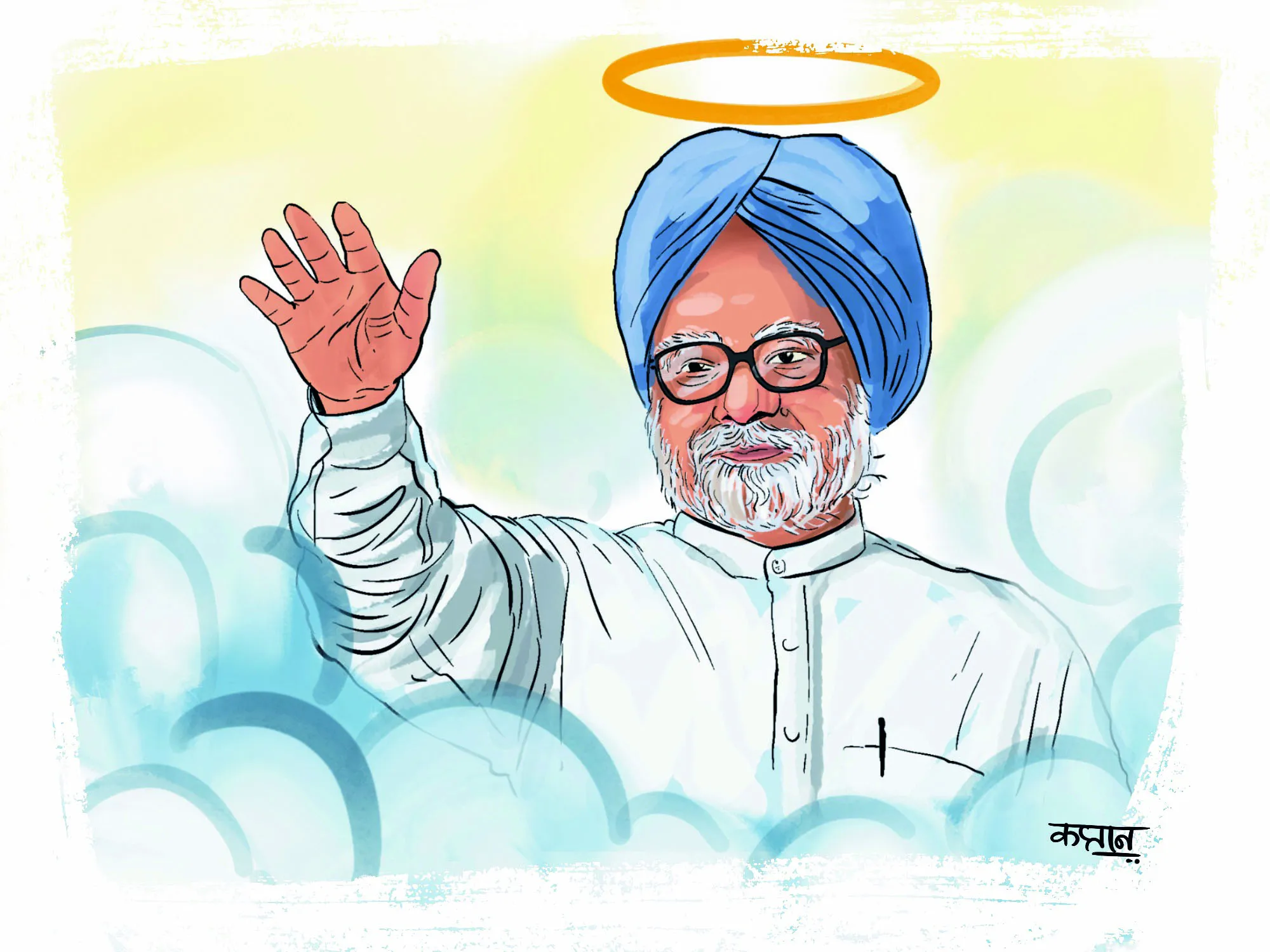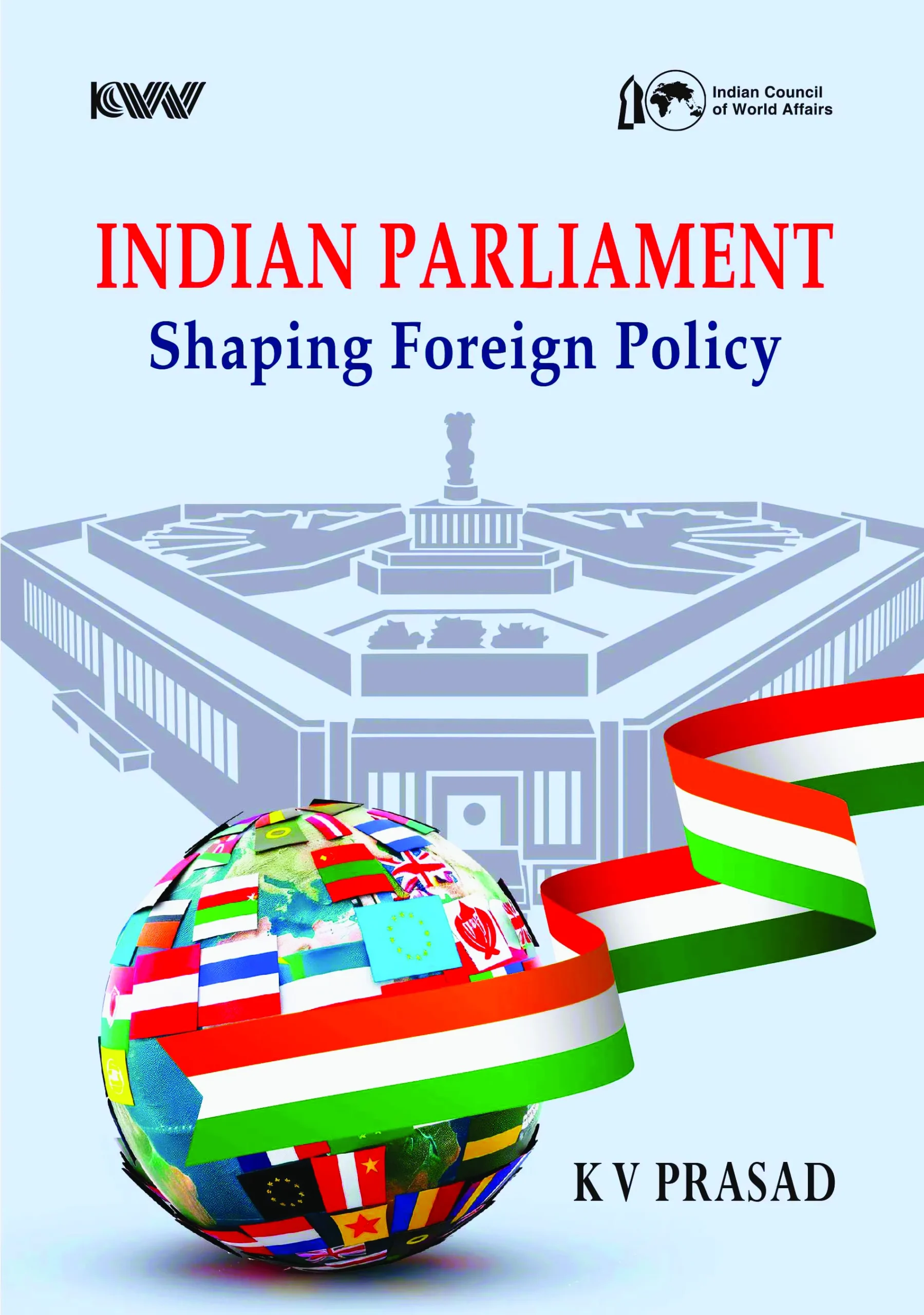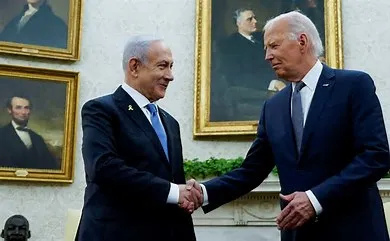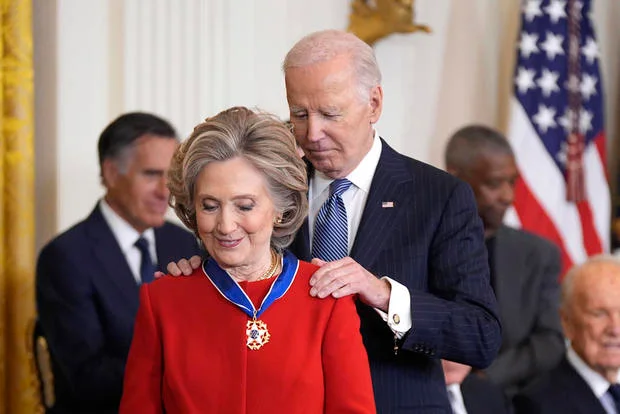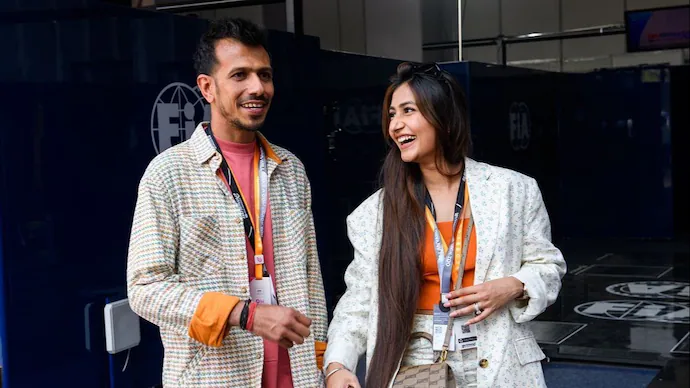India has a rich and diverse culture, where cinema is one of the most popular forms of entertainment and art. However, in recent years, many films have faced censorship, bans, protests, and even violence for depicting sensitive or controversial topics, raising the question: are movie bans in India justified, or are they a violation of the fundamental right to freedom of expression? According to the Constitution of India, Article 19(1)(a) guarantees the right to freedom of speech and expression to all citizens., subject to reasonable restrictions. However, this right is often curtailed by various authorities and groups claiming to protect a particular community’s sentiments, religion, caste, region, or ideology.
Reasons for calling movie bans: A PIL was filed before the Calcutta High Court seeking a ban on Aamir Khan’s ‘Laal Singh Chaddha’ as the movie defames the Indian Army and, therefore, it is likely to cause a breach of peace. Recently, YouTube banned “Anthem for Kashmir”, a documentary by filmmaker Sandeep Ravindranath, following a legal complaint by the Government. Similarly, “India: The Modi Question”, a BBC documentary based on PM Modi’s role in the 2002 Gujarat riots, was banned for being “defamatory” and “biased”. Films such as Fire, Water, PK, Padmaavat, The Da Vinci Code and the recent one being “The Kashmir Files” and “The Kerala Story” have faced religious backlash.
Sometimes, vote bank politics plays a vital role in the call for bans on movies. Some films have been banned or opposed for portraying social issues such as caste discrimination, gender inequality, sexual violence, and drug abuse that some sections of society consider taboo or offensive. For example, Bandit Queen, based on the life of Phoolan Devi, a former dacoit, and later an MP who was raped by upper-caste men and took revenge on them, was banned by the Delhi High Court after Phoolan Devi challenged its authenticity. Another film that faced social opposition was “Lipstick Under My Burkha”, which explored the sexual desires and fantasies of four women from different backgrounds. The film was initially denied a certificate by the CBFC as it contains “contagious sexual scenes, abusive words, audio pornography and sensitive touch about a particular section of society”. However, it was later released after an appeal to the Film Certification Appellate Tribunal.
Call for a ban based on political ideologies? “The Kerala Story”, a Hindi movie based on the alleged conversion and recruitment of thousands of women from Kerala to ISIS, has faced severe criticism and protests from various political parties and groups in Kerala who claim that the movie is spreading false propaganda and communal hatred. However, some of these same parties and groups have also supported or defended other movies that were banned or opposed by different sections of society for being offensive or controversial. For example, some of the supporters of “The Modi Question”, a BBC documentary that was banned by the Indian government for being defamatory and biased against Prime Minister Narendra Modi, are now demanding a ban on “The Kerala Story” for being defamatory and biased against the Muslim community. This shows the hypocrisy and double standards of people who seek bans on movies based on their own political or ideological preferences rather than respecting filmmakers’ freedom of expression and artistic creativity.
As claimed by the opposition, the phenomenon of bans and boycotts of movies is not a trend set by the current ruling dispensation in India. One can recall the films banned or opposed for depicting political events or personalities deemed sensitive or controversial by the Government or other groups in the past. For example, the Congress government banned “Kissa Kursi Ka”, a political satire on the Emergency imposed by Indira Gandhi in 1975, and all its prints were burned by Sanjay Gandhi supporters. Another film that faced political censorship was “Black Friday”, based on the 1993 Bombay blasts that followed the communal riots. The CBFC banned the film for three years until the Supreme Court cleared its release in 2007.
Impact of movie bans in India: Movie bans in India stifle the creative expression and artistic vision of filmmakers who want to tell stories that challenge the status quo or reflect the realities of society.
By imposing arbitrary restrictions on what can or cannot be shown on screen, movie bans limit the scope and diversity of cinema as an art form. Movie bans in India also affect the financial viability and profitability of films that have invested much time and money in making the film.
Alternatives: Movie bans in India are a futile and harmful exercise as they often pique the interest and attention of the public for the banned films and attract condemnation and opposition from various sections. Rather than banning films, some feasible alternatives can be explored to deal with the issues or concerns raised by some films without infringing on the right to freedom of expression. One of the alternatives to movie bans is self-regulation by the filmmakers themselves, who can use their artistic freedom with care and sensitivity. Filmmakers can seek advice, input, or feedback from experts, stakeholders, or representatives of the communities or groups represented or impacted by their films and try to depict them fairly and respectfully. Filmmakers can also avoid unnecessary agitation or sensationalism that can harm or offend particular sentiments without contributing value or significance to their films.
Often the filmmakers seem to target the majority community and the upper castes with impunity as nobody raises voice on their behalf, considering them irrelevant for vote bank politics. However, the filmmakers should understand that the political demographics of India have changed. People have started questioning the deliberate targeting of particular communities by filmmakers. Twitter handles such as “gemsofbollywood” have become famous by questioning the intent of these filmmakers. The comments made by Justice N. Nagaresh, while refusing to stay the release of “The Kerala Story”, are relevant to understand the extent to which the filmmakers have taken the liberty to portray the majority community in a bad light. Justice N. Nagaresh orally said, “There are many movies in which Hindu Sanyasis are shown as smugglers and rapists. No one says anything. You may have seen such movies in Hindi and Malayalam. In Kerala, we are so secular. There was a movie where a pujari spit on an idol, and no problem was created. Can you imagine? It is a famous award-winning movie.”
Conclusion: Films should be valued and admired for their artistic quality and social significance rather than silenced or stifled for their imagined or possible harm. Films should be free to challenge, question, or critique the existing norms and systems rather than follow them.
Films should be a catalyst for dialogue, not discord; for understanding, not hatred; for freedom, not fear. At the same time, the filmmakers should be mindful of their responsibility towards the unity and integrity of India and should be sensitive in depicting their characters. At the end of the day, the box office measures a film’s failure or success based on the filmgoers’ choice of content.

Akhilesh S. Dubey is an Advocate & Solicitor.

